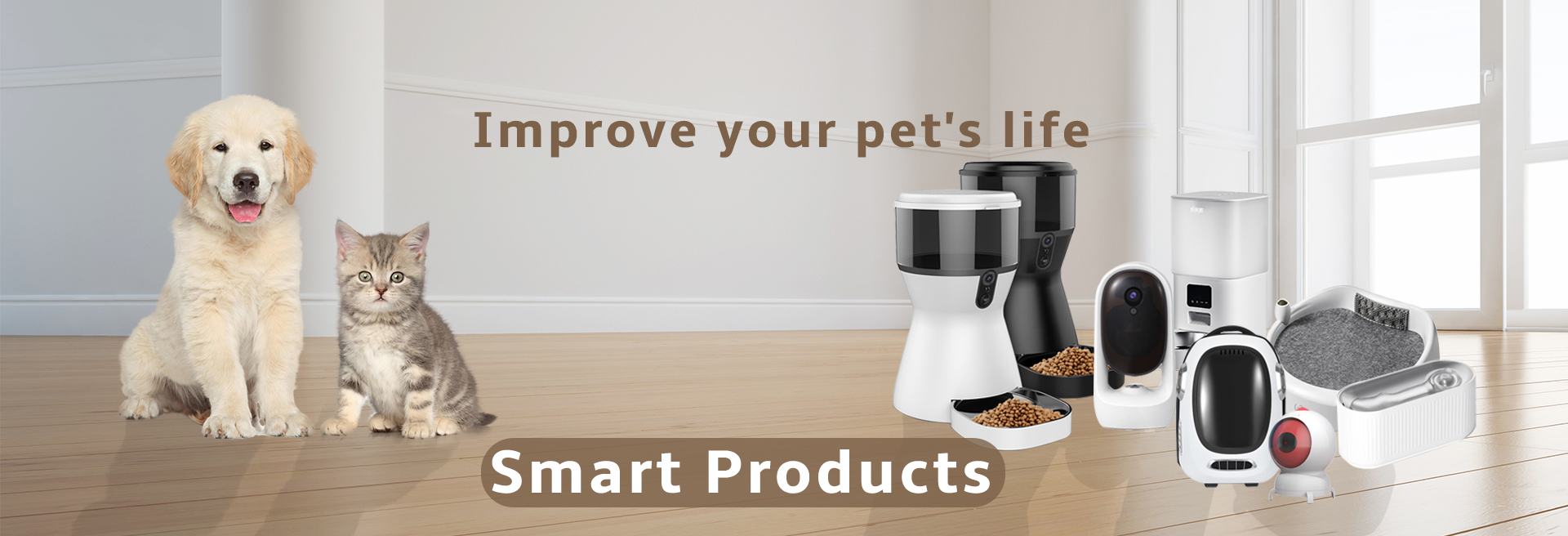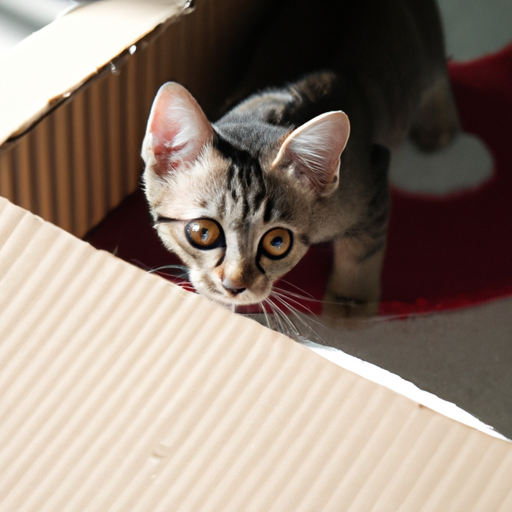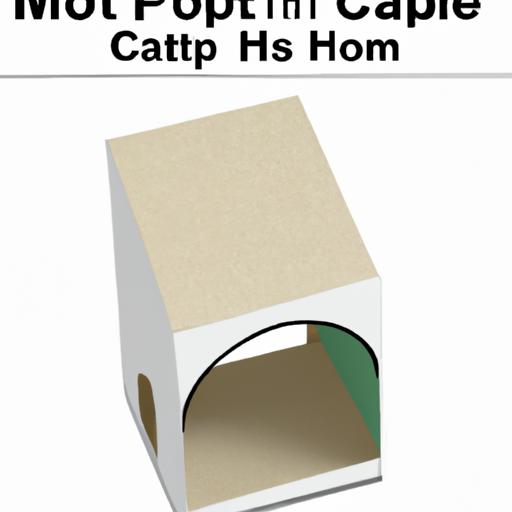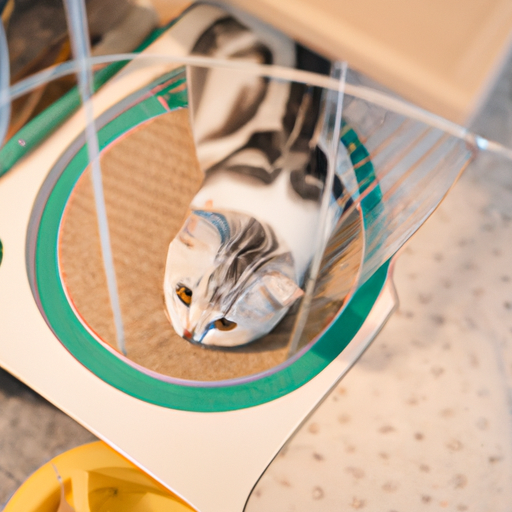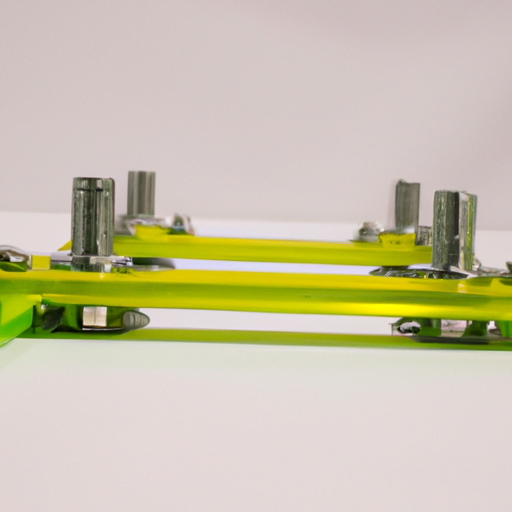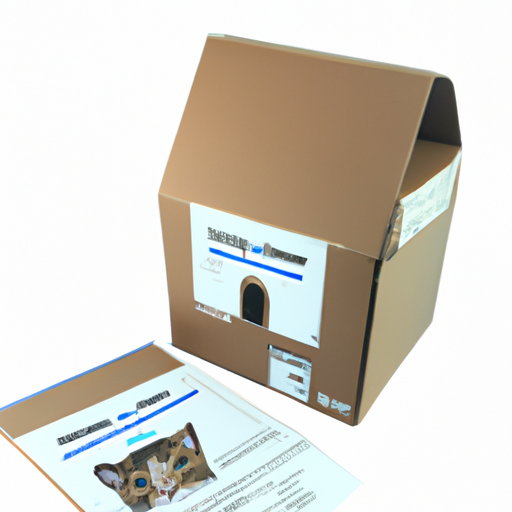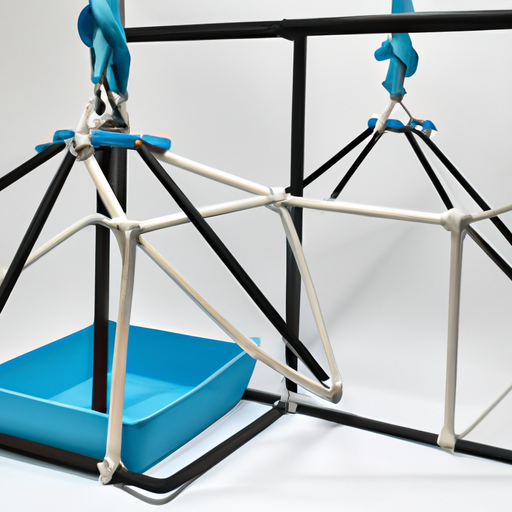Common Production Processes for Small Cat Climbing Cabins
I. Introduction
In recent years, the popularity of cat climbing cabins has surged, reflecting a growing awareness of the importance of providing enriching environments for our feline companions. These structures not only offer cats a place to play and explore but also serve as a stylish addition to home decor. As the demand for these products increases, understanding the production processes behind them becomes essential for manufacturers and consumers alike. This article will delve into the common production processes for small cat climbing cabins, from initial design to marketing strategies, providing a comprehensive overview of how these beloved pet products come to life.
II. Design and Planning
A. Conceptualization of the Climbing Cabin
The journey of creating a cat climbing cabin begins with conceptualization. Manufacturers must identify their target market and understand customer needs. Are they catering to urban dwellers with limited space, or are they targeting families with multiple pets? This understanding shapes the design and features of the climbing cabin.
Once the target market is identified, initial designs are sketched out. These designs often incorporate various elements such as platforms, scratching posts, and cozy hideaways, all tailored to stimulate a cat's natural instincts to climb, scratch, and explore.
B. Material Selection
Material selection is a critical step in the production process. Common materials used in cat climbing cabins include wood, fabric, and metal. Each material has its own set of advantages and considerations. For instance, wood is durable and aesthetically pleasing, while fabric can provide comfort and warmth. Manufacturers must weigh factors such as durability, safety, and aesthetics when choosing materials.
C. Prototyping
After the design and material selection, the next step is prototyping. Creating a prototype allows manufacturers to test the design in a real-world setting. This phase is crucial for gathering feedback from potential customers and making necessary iterations. Prototyping not only helps in refining the design but also ensures that the final product meets safety and usability standards.
III. Sourcing Materials
A. Identifying Suppliers
Once the prototype is finalized, manufacturers must source the materials needed for production. This involves identifying reliable suppliers, which can be local or international. Local suppliers may offer quicker turnaround times and lower shipping costs, while international suppliers might provide a wider variety of materials at competitive prices. Evaluating supplier reliability and quality is essential to ensure that the final product meets the desired standards.
B. Cost Considerations
Budgeting for materials is another critical aspect of the sourcing process. Manufacturers must balance quality and cost-effectiveness to maintain profitability while delivering a high-quality product. This often involves negotiating with suppliers and exploring bulk purchasing options to reduce costs.
C. Sustainability in Material Sourcing
In today's eco-conscious market, sustainability plays a significant role in material sourcing. Many manufacturers are opting for eco-friendly materials, such as reclaimed wood or organic fabrics, to appeal to environmentally aware consumers. Implementing sustainable practices not only benefits the planet but also enhances the brand image, making it more attractive to potential buyers.
IV. Manufacturing Processes
A. Cutting and Shaping Materials
The manufacturing process begins with cutting and shaping the selected materials. Techniques for cutting wood, fabric, and other materials vary, with some manufacturers using advanced machinery for precision, while others may prefer handcrafting for a more artisanal touch. The choice of technique often depends on the scale of production and the desired quality of the final product.
B. Assembly Techniques
Once the materials are cut and shaped, the next step is assembly. This involves joining the various components using methods such as screws, nails, or adhesives. Ensuring structural integrity and safety is paramount during this phase, as the climbing cabin must withstand the weight and activity of cats. Manufacturers often conduct tests to ensure that the assembly methods used provide a sturdy and safe environment for pets.
C. Finishing Touches
The final stage of manufacturing involves adding finishing touches to the climbing cabin. This may include sanding surfaces to prevent splinters, painting or sealing wood to enhance durability, and incorporating features like scratching posts, ramps, and perches. These finishing touches not only improve the product's functionality but also enhance its visual appeal, making it more attractive to consumers.
V. Quality Control
A. Importance of Quality Assurance in Production
Quality control is a vital aspect of the production process. Manufacturers must implement quality assurance measures to ensure that each climbing cabin meets safety and durability standards. This includes regular inspections during the manufacturing process and final checks before the product is packaged and shipped.
B. Testing for Safety and Durability
Testing for safety and durability is crucial, especially for products designed for pets. Manufacturers conduct weight limit tests and stability assessments to ensure that the climbing cabin can safely support the activity of cats. Additionally, ensuring that all materials used are non-toxic is essential to protect the health of pets.
C. Customer Feedback and Continuous Improvement
Customer feedback plays a significant role in the quality control process. Manufacturers often seek input from customers to identify areas for improvement. This feedback loop allows for continuous improvement in design, materials, and overall product quality, ensuring that the climbing cabins meet the evolving needs of pet owners.
VI. Packaging and Shipping
A. Designing Packaging for Protection and Presentation
Once the climbing cabins are manufactured and pass quality control, they must be packaged for shipping. Designing packaging that protects the product during transit while also presenting it attractively is essential. Eco-friendly packaging options are becoming increasingly popular, aligning with the sustainability trend in consumer products.
B. Logistics of Shipping Small Cat Climbing Cabins
The logistics of shipping small cat climbing cabins involve selecting cost-effective shipping methods and managing inventory and fulfillment. Manufacturers must consider factors such as shipping costs, delivery times, and the potential for damage during transit. Efficient logistics are crucial for maintaining customer satisfaction and ensuring timely delivery.
VII. Marketing and Sales
A. Strategies for Promoting Cat Climbing Cabins
Once the product is ready for market, manufacturers must develop effective marketing strategies. Online marketing and social media play a significant role in promoting cat climbing cabins. Engaging content, such as videos of cats using the cabins, can attract potential buyers and showcase the product's features.
Collaborations with pet influencers and retailers can also enhance visibility and credibility. By partnering with well-known figures in the pet industry, manufacturers can reach a broader audience and build trust with potential customers.
B. Understanding Customer Demographics
Understanding customer demographics is essential for tailoring marketing messages. Manufacturers must identify their target audience, which may include cat owners, pet enthusiasts, and individuals seeking unique home decor. Tailoring marketing messages to resonate with different audiences can significantly impact sales and brand loyalty.
VIII. Conclusion
In conclusion, the production processes for small cat climbing cabins involve a series of carefully planned steps, from design and material sourcing to manufacturing and marketing. Each stage plays a crucial role in ensuring that the final product meets the needs of both cats and their owners. As the market for pet products continues to grow, manufacturers must prioritize quality, safety, and customer satisfaction to remain competitive. By staying attuned to industry trends and consumer preferences, they can create innovative and appealing climbing cabins that enrich the lives of cats and their families.
IX. References
For further reading on the production processes and trends in the pet product industry, consider exploring the following resources:
1. "The Pet Industry: A Comprehensive Guide" - A detailed overview of the pet product market.
2. "Sustainable Practices in Manufacturing" - Insights into eco-friendly manufacturing processes.
3. "Designing for Pets: A Guide to Creating Pet-Friendly Products" - Tips for designing products that cater to the needs of pets and their owners.
By understanding these processes and trends, aspiring manufacturers can navigate the complexities of the pet product market and create successful products that resonate with consumers.
